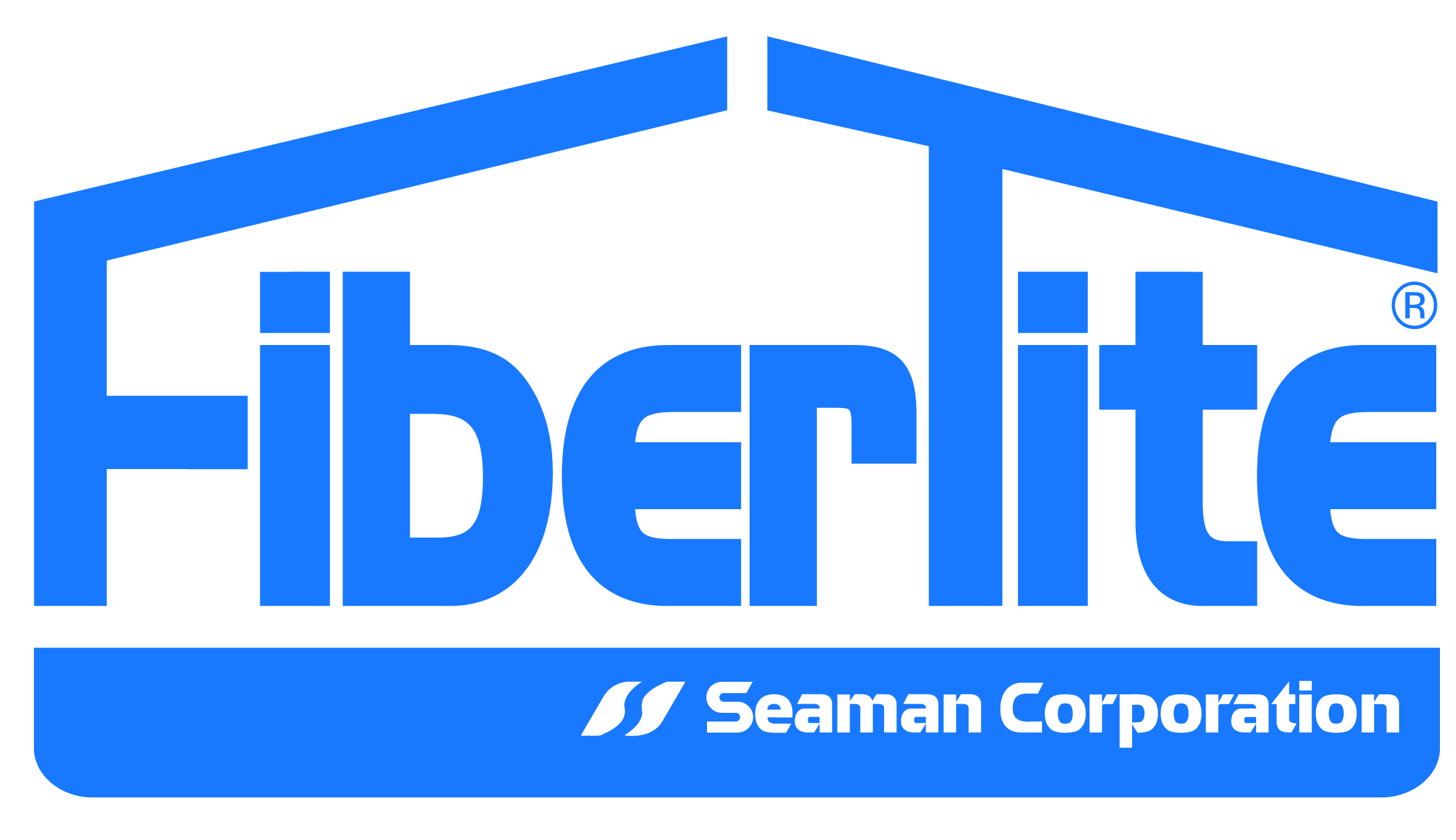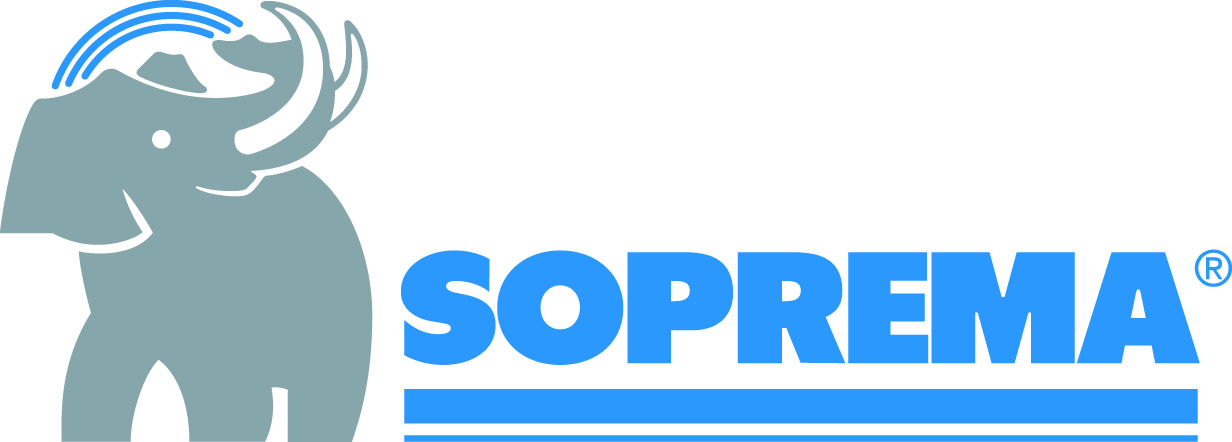Best Practices for Building Envelope Transitions
How building enclosure audits can reduce complications during construction.
Sponsored by FiberTite Roofing Systems and SOPREMA, Inc. | Presented by Daniel J. Overbey, AIA, NCARB, LEED Fellow, LEED AP (BD+C, ID+C, O+M), WELL AP
Webinar On-Demand
This course will focus on building envelope transitions—often the "weak link" in the overall performance of an enclosure. At a time when project teams have an elevated awareness of building envelope performance with regard to the various damage functions, designers are becoming much more methodical about a building's exterior wall types, roof assemblies, foundation details and similar. Yet, even a well-conceived building envelope can fail if the transitions are not properly addressed. That is where this session comes in.
This session will provide an overview of the building envelope damage functions before describing a general process for documenting and auditing the building envelope using a qualified third-party agent. Next, the session will provide a series of examples from actual building envelope reviews and discuss the ways in which submitted transitions were noted for improvement. Then, the session will frame third-party building envelope audits in the context of a more holistic building enclosure commissioning (BECx) process that is aligned with the referenced standards in LEED version 4. Finally, the session will introduce the Building Enclosure Council (BEC) network and disclose how session attendees can engage their local BEC network for more resources.

Photo courtesy of Tony Frederick

|
Daniel J. Overbey, AIA, NCARB, LEED Fellow, LEED AP (BD+C, ID+C, O+M), WELL AP is an Assistant Professor of Architecture at Ball State University and the Director of Sustainability for Browning Day Mullins Dierdorf in Indianapolis, Ind. His work focuses on high- performance building design and construction, environmental systems research, green building certification services, energy/life-cycle assessment modeling and resilient design. Prior to his current academic and professional roles, Daniel developed a foundation in applied research focused on environmental control systems through his work at the Center for Maximum Potential Building Systems in Austin, Texas, and the Natural Energies Advanced Technologies Laboratory at the University of Nevada, Las Vegas. |
LEARNING OBJECTIVES
- Describe the basic damage functions that every building envelope solution should address.
- Define the process of engaging a qualified third-party agent to audit a project with regard to the quality assurance of the building envelope.
- Explain how improved building envelope transitions can directly reduce health, safety, welfare and financial risk on a project.
- Describe how building envelope reviews/audits facilitate a holistic building enclosure commissioning (BECx) scope of service for a project that is in accordance with referenced standards in LEED.











